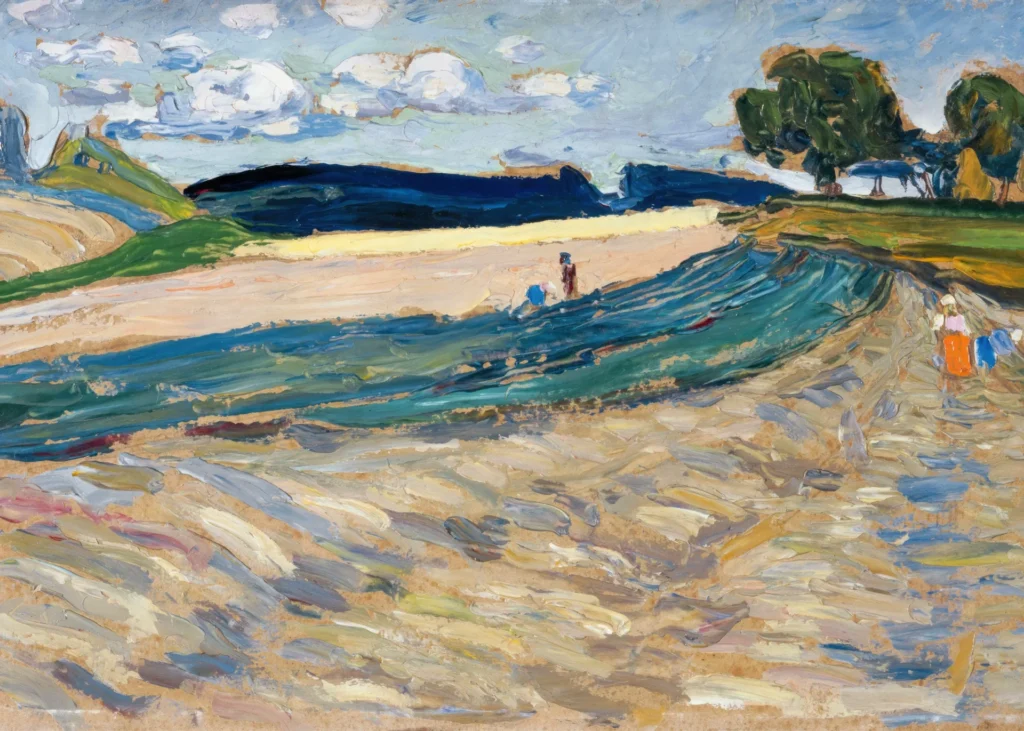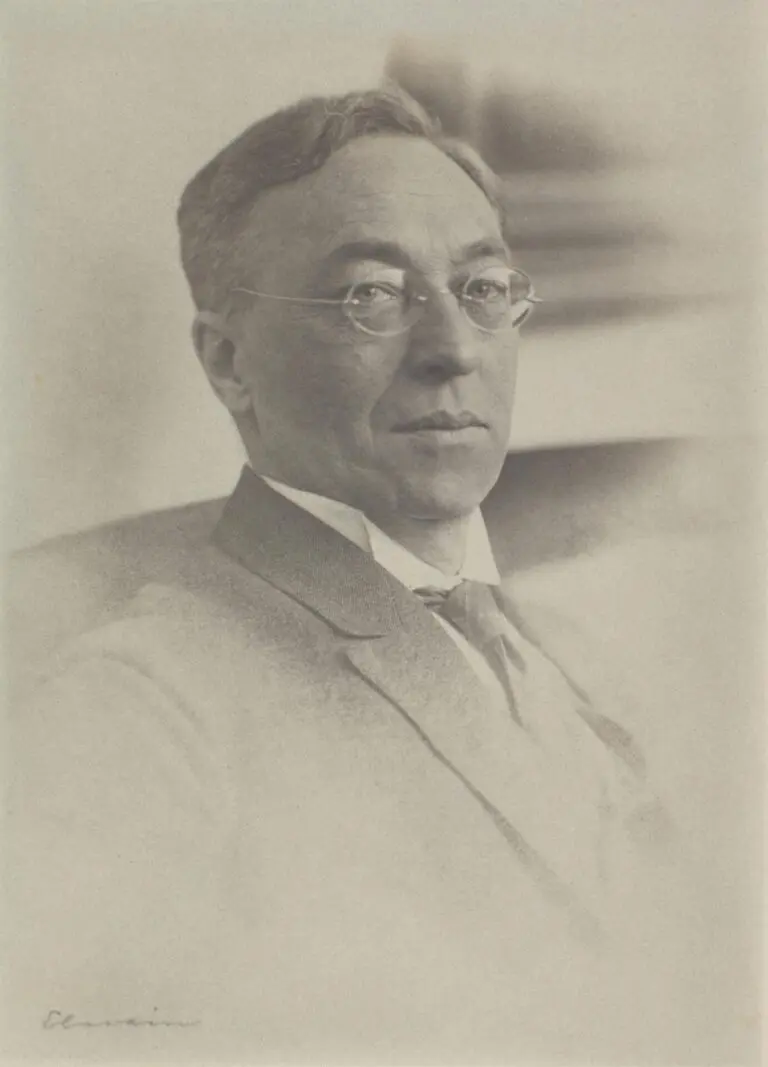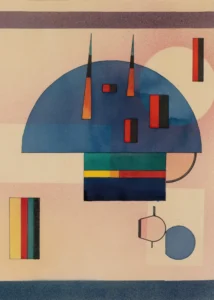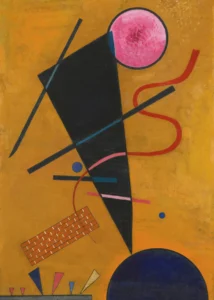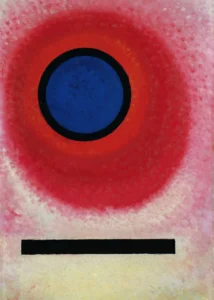Landscape with a yellow field (1905)
Landscape with a yellow field showcases Wassily Kandinsky's transition from traditional representation to a more abstract expression. Painted in 1905, this piece exemplifies Kandinsky's early style, featuring vibrant colors and dynamic brushstrokes. Although it originally holds immense value in the art world, reproductions in various formats allow art lovers to appreciate its beauty and significance in their homes.
Year 1905
About the Artwork
Wassily Kandinsky created Landscape with a yellow field in 1905, during a pivotal stage in his artistic journey. This piece bridges the gap between the representational art he previously practiced and his future groundbreaking abstract styles. The bright yellow fields evoke a sense of warmth and openness, while the expressive brushwork indicates Kandinsky's growing fascination with the emotional power of color. This painting not only demonstrates his evolving technique but also hints at his later philosophy on the spiritual nature of art, which would culminate in his seminal works that defined the abstract movement.
Did You Know
Landscape with a yellow field is one of the early works by Wassily Kandinsky, who is credited with being a pioneer in abstract art, influencing countless artists and movements that followed.
This painting marks a crucial point in Kandinsky’s evolution, exhibiting the transition from representational art to his later, purely abstract masterpieces, signaling a radical new way to perceive and create art.
Kandinsky believed that colors held specific emotional values, and in Landscape with a yellow field, the vibrant yellow field invites feelings of joy and warmth, showcasing his theory of color symbolism.




